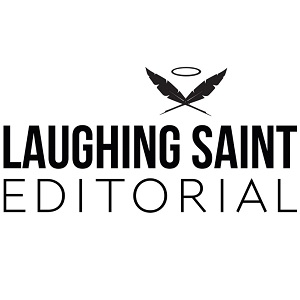I work with a lot of first-time authors, and most of them don't realize that they don't just need copyediting. They need a specific type of copyediting.
Most copyeditors break down copyediting into categories that anyone who studies metaphor theory (including yours truly, here) would find fascinating. The categories are based on weight: light, medium, and heavy. Then there's developmental copyediting, which breaks the pattern, disappointingly.
Here's how I treat these categories in my own work. (My categories are an adjusted form of the categories from the Bay Area Editors' Forum, which I highly recommend you peruse for yourself.)
Light copyediting includes:
Correcting spelling, grammar, and punctuation.
Correcting usage (e.g., commas with non-restrictive relative clauses, using “there” for “their,” etc.).
Checking in-text cross-references (e.g., "Figure 5.6 indicates...").
Ensuring consistent spelling, hyphenation, numerals, fonts, and capitalization across the text.
Checking for proper sequencing in lists and other displayed material.
Medium copyediting includes light copyediting, plus:
Changing text and headings to achieve parallel structure.
Flagging inappropriate figures of speech.
Ensuring that key terms are handled consistently.
Ensuring that previews, summaries, and conclusions reflect content.
Flagging ambiguous or incorrect statements.
Eliminating wordiness, triteness, and inappropriate jargon.
Heavy copyediting includes medium and light copyediting, plus:
Smoothing transitions and moving sentences to improve readability.
Assigning new levels to heads to achieve logical structure.
Developmental (and sometimes just really, really heavy) copyediting includes all the above, plus:
Restructuring content across and within paragraphs to achieve greater clarity and logic.
Suggesting — and sometimes implementing — additions and deletions, noting them at the sentence and paragraph level.
You might have a sense of what you want, but the copyeditor (yours truly, again) will also have a say in what you're actually going to request. For example, I've had authors send me manuscripts and ask for, say, "light" copyediting, but when I return the sample edit of five or so pages, they say something like, "But I wanted you to make it make sense! Could you do some rewriting of transitions and headings?"
Yes, I can do that. It's going to take longer and cost slightly more. But never fear, because you're in good hands, and in most cases you can pay in installments. Or you can get just light copyediting and then rework your own transitions and headings.
But don't forget that I'm invested in your manuscript, too, because I want it to be as good a final product as possible (my reputation's on the line, too), so I want you to have the type of copyediting that will be most beneficial for your manuscript and that will also respect your vision for your project.
For more information about how each of these types of copyediting break down by price, you can check out the post about pricing and payment plans by clicking here.
